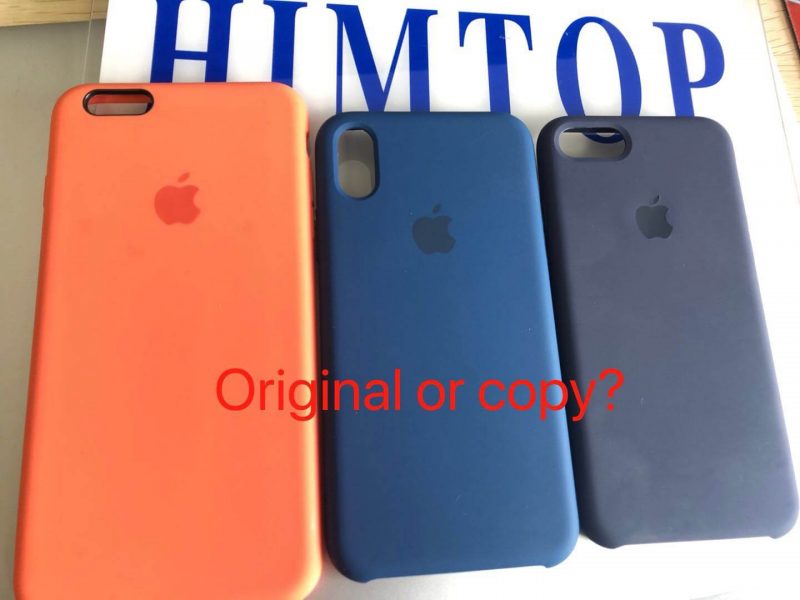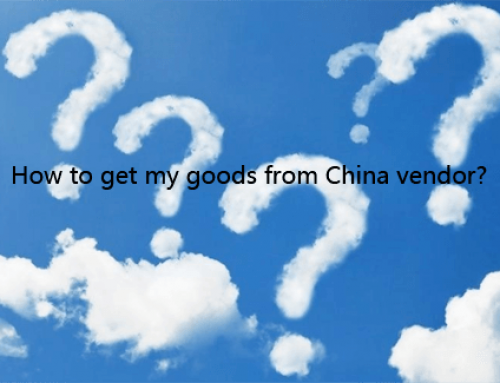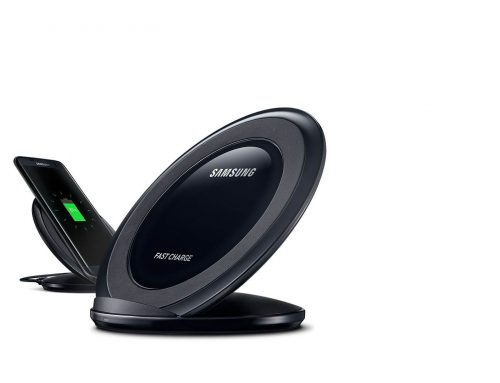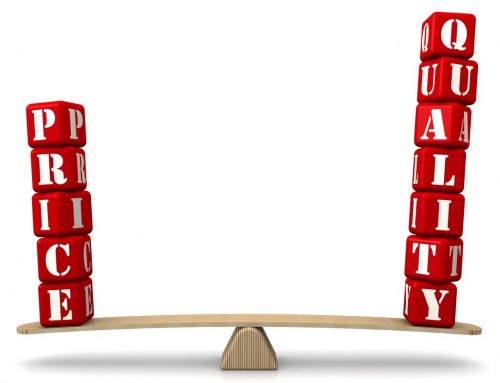Today we’re sharing a case study, on importing iPhone 5 cases, that was completely done by the book. Well, almost completely done by the book. I thought it could be a nice break for our readers, from our general nightmarish stories about importers losing millions of dollars and having their products confiscated by the customs. It doesn’t have to end that way if you apply a strategy from start to finish.
Step #1: Finding a Phone Case Supplier
Our client was (well, I hope he still is) running a small, but well established, iPhone accessories store. As with most importing businesses, they wanted to offer a wide selection of products. In order to avoid a situation where our client had to purchase products from several suppliers, our key focus was to source one supplier that was mainly producing iPhone 5 cases.
Product focus matters. There are tons of businesses in China that trades with a little bit of this and a little bit of that. Purchasing from such a supplier is a serious risk. For starters, the supplier could decide to stop selling the product our client is importing. Secondly, it takes a lot of time to deal with many different suppliers. It’s way more efficient to purchase several products from one and the same supplier. Besides, it makes the buyer more important in the eyes of the supplier.
With this in mind, we didn’t target specific products. We sourced suppliers that had a wide product selection and a sufficient amount of registered capital. Upon making our first supplier selection we asked for digital product catalogues, from which our client made selected which iPhone cases to buy.
Step #2: Product development and branding
Our client wanted to have his brand on the products. Instead of printing a logo on the iPhone cases themselves, which would have ruined the look of the product, our client decided to get branded product packing. However, designing and manufacturing a custom designed product packing can be quite risky.
To begin with, a plastic product packing requires a mold. A mold can cost anything from a few hundreds to several thousands of dollars. Not really an option if your total order budget is around the same amount! Instead, we found another solution. We asked the supplier to send over a few sample boxes they’d used for other clients. While this approach didn’t allow our client to get a custom designed product packing for their phone cases, they had free hands when it came to the graphical layout (well, in fact I was the one that ended up designing the whole thing).
When the layout was ready, we placed a sample order. Since the client didn’t require any major product customization, the samples didn’t cost more than 50 dollars. Assuming that our client wanted to have a customized product design or a customized packing, the total cost would’ve been 10 – 20 times more. Buying small volumes? Avoid product customization whenever possible.
The sample production went fine. Our client was happy and so were we. It was time to formalize this deal and get started with the production of the iPhone cases.
Step #3: Payment and production
Before the production actually started, two things had to happen. Number one, we needed an agreement. Number two, the client had to pay a 30% deposit of the total order value. Let’s begin with the Agreement. Why did we bother to sign one? Since when do Chinese suppliers give a damn about a piece of paper? Well, it’s not really about that. An Agreement mainly fills two functions.
1.) It communicates our product specifications and quality requirements. Thus, limiting the risk for misunderstandings. Misunderstandings are probably the most common cause of things going wrong in the production. When something goes wrong (i.e. the wrong color or font), it’s impossible to reverse the process. What comes out of the factory stays out of the factory (Remember that I coined that expression first).
2.) It makes the supplier think twice about cheating the buyer on quality (i.e. making the iPhone cases of recycled plastic instead of virgin plastic). How come? Because we made it very clear in the agreement that the products were to be quality inspected before the balance payment were to be made. “Cheat us, and you’ll pay for it”.
This is also why we include a Sales Agreement template, when you purchase a Starter Package on Chinaimportal.com.
Alright, now we had the agreement. The client paid the deposit payment (30% of the total order value) and the supplier started the production. The first thing we asked the supplier was to confirm which date the cargo was ready for inspection. If I remember correctly, it was roughly 25 days later.
However, complete radio silence is not a good thing. We required our supplier to provide us with regular updates on the production status. This included images and confirmations that the production was moving according to the schedule.
Step #4: Quality Control & Shipping
4 weeks later.. the supplier gave us a call and asked when we were to come down to Guangzhou. Well, we didn’t. Does this make sense? It makes perfect sense! The client didn’t want to invest in a quality inspection for some reason, but telling this to the supplier is basically telling them that we don’t give a damn about the quality of the iPhone cases. Although we knew from the very beginning that no Quality Inspection (in the factory) were to be executed, we made the supplier believe so. Result? The products came out perfectly. We didn’t discover a single defective phone case upon the arrival in our Shanghai office.
So, am I telling you to be dishonest towards your supplier if your business can benefit from it? You can be damn sure I am. However, this trick doesn’t always work. Don’t assume that your supplier is stupid. Besides, even honest suppliers can mess up the production. Playing the game this way is basically what should be done as a last resort, assuming that you cannot afford a Quality Inspection.
One last thing about Quality Inspections. Make sure it’s executed before you transfer the balance payment (usually 70% of the total value). Why? Because if something would be wrong with your order, and you’ve already paid your supplier in full, the supplier doesn’t have any incentive to compensate you. It makes sense. They already got your money. The suppliers gain nothing by remaking the products or, god forbid, offer a discount.
Ok, enough about that Quality Inspections. You might want to know how we shipped the products? We called FedEx, they picked up the cargo and loaded it on an airplane. Not much else to say really. Well, one thing. In this case it made sense to use Air Freight rather than Sea Freight. The volume was fairly low, while the weight per volumetric unit was quite high. That’s exactly when Air Freight can be a viable mode of transportation.






